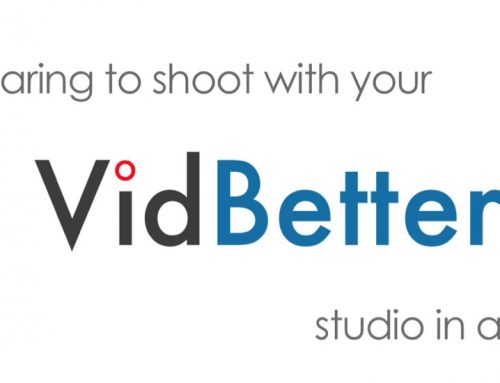Manual Settings Secrets
Friends don’t let friends use auto settings. If you’re like most of our clients then you’re probably not used to the manual settings we introduced in Step Two. That’s why we’ve recently upgraded the size of the gray card, making it easier to dial in your settings when you’re shooting alone. And that’s why we’ve made an extra video to ensure you’re comfortable with the process.
Don’t just passively watch this video.
We want you to actively follow along and dial in the settings on your setup for a test run as well. Once you’ve done it a couple times you’ll see just how easy it is, and you’ll be less likely to forget during a real shoot.
If you’re having trouble getting your footage to look and sound like ours, with nice bright whites, lively colors, and rich audio, make sure to tell us about it. We’ll help you get comfortable with the process and ensure you’re getting the full quality the system is capable of.
In case you don’t already know, let’s remove the mystery around these settings and briefly explain them.
- Exposure – Exposure controls how bright or dark your image is by determining how much light the camera lets in. It acts much like the pupils of your eyes as they expand and contract depending on how bright your surroundings are. You want the exposure to look natural, not too bright, not too dark.
- Focus – Just like your eyes need to focus on something either close up or far away, so does your camera. If your focus is set correctly then all your details will look sharp, and a poor focus will result in blurry visuals.
- White Balance – Unlike your eyes, a camera needs some help when figuring out what “white” looks like. By telling your camera what “white” (or in this case a pure gray) looks like, you ensure all the colors are captured accurately.
- Audio Gain – When your microphone is capturing audio, it needs to know whether you plan on recording really loud sounds or really quiet sounds, so it can determine how much to “boost” or “gain” the signal. You want strong, clear sound, without going so loud that the signal exceeds its limit, i.e. “peaking” the audio.
Once you’re comfortable dialing in your manual settings, let’s move on to Step Four, ingesting the footage.











